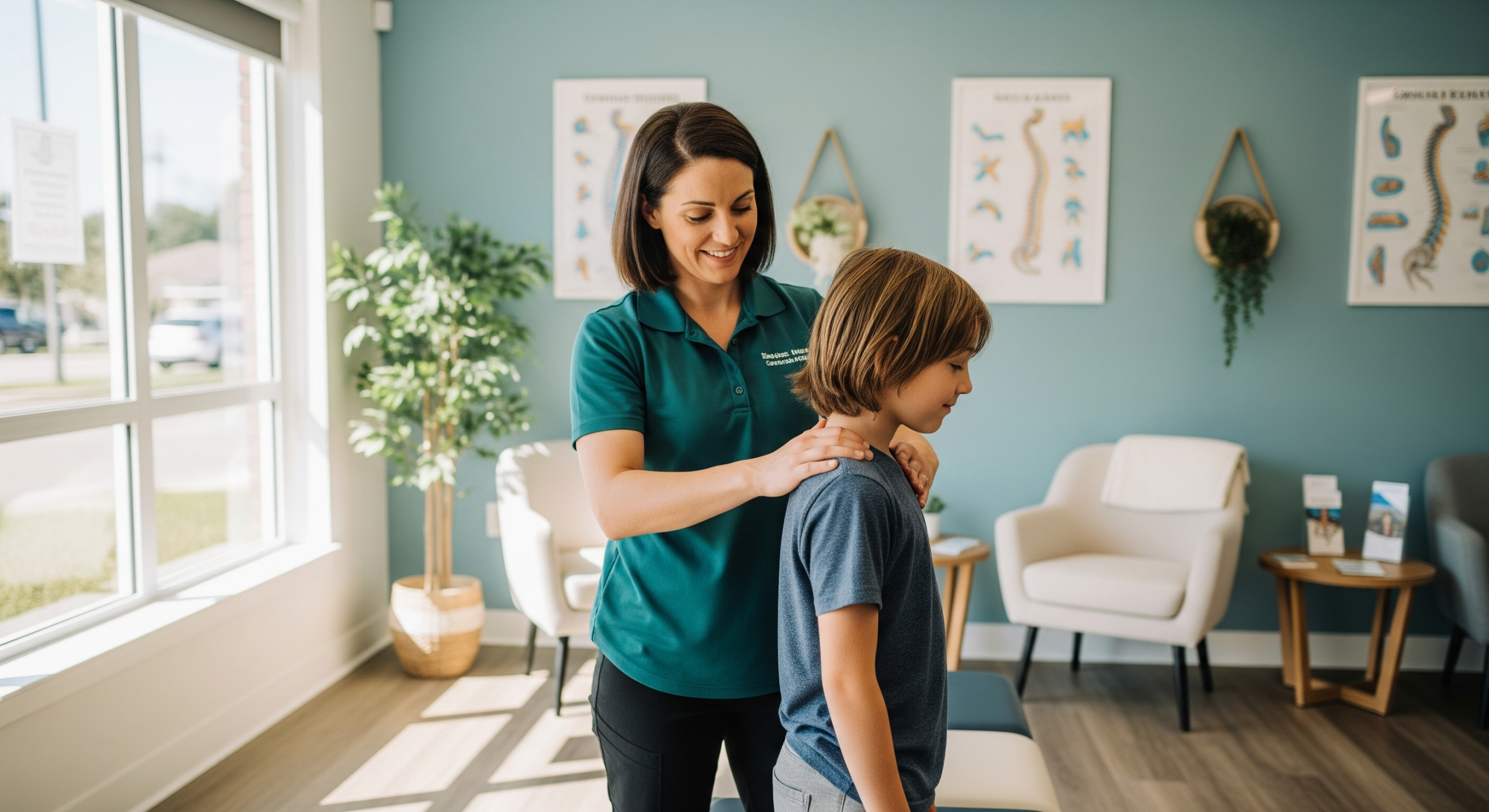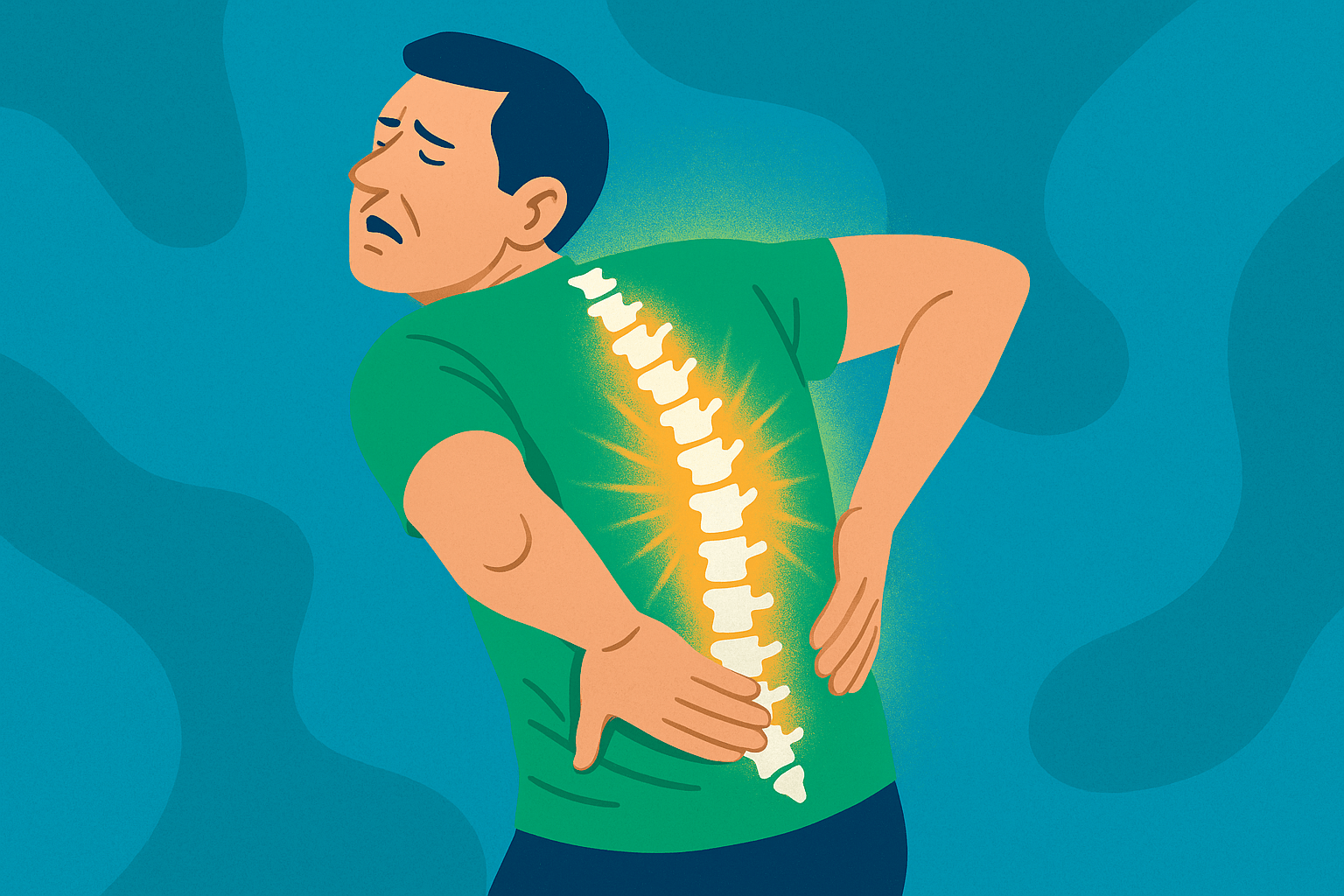Remote work might be great for productivity and flexibility—but your spine? Not so much. Since 2020, remote work has surged by over 150%, with many professionals trading ergonomic office chairs for kitchen stools and makeshift desks. The result? A nationwide uptick in neck pain, back issues, and poor posture.
Creating a proper home workspace isn’t just about comfort—it’s about long-term health. Poor posture can lead to chronic pain, fatigue, and even reduced lung capacity. But the good news? With a few smart tweaks and some posture-conscious habits, remote workers can undo the damage and build setups that support both spine and success.
Jump to:
TLDR – Quick Guide
Here’s a lightning-fast breakdown to get your spine smiling:
- Ergonomics are non-negotiable: Desk, chair, and monitor setup matter more than you think.
- Invest in posture-friendly gear: Think good quaily chair, standing desks, laptop risers and external keyboards..
- Move regularly: Breaks, stretches, and walks help reset your posture.
- Tech tweaks help: Screen at eye level, keyboard at elbow height.
- ABC method: Advanced BioStructural Correction™ (used by clinics like Upright Posture) can fix long-term posture damage.
Implementation Tactics
1. Ergonomic Desk Setup 101
Your desk shouldn’t be a pain in the neck—literally. To start:
- Monitor at eye level: Use a riser or stack books so your screen is at eye level.
- Chair with a very firm seat: It is also helpful to get your hip level higher then your knees. Keep your feet on the floor.
- Elbows at 90 degrees: Your keyboard and mouse should sit where your arms naturally rest.
Even if you’re working with a dining table, following this above can transform your posture.
2. The ABCs of Posture Correction
The Advanced BioStructural Correction™ (ABC) approach, used by Upright Posture, focuses on realigning the spine from the root cause—not just masking symptoms.
With a 99% success rate in pain relief, ABC combines gentle adjustments with posture realignment, offering a longer-term fix than quick-fix solutions like braces or cushions.
3. Must-Have Tools for Remote Workers
Gear up with:
- Laptop stands to lift your screen
- Standing desks or converters to mix up sitting and standing
- Firm seated chairs like the IKEA Bekvam stool combined with a seat wedge (https://abc-europe.org/prod…)
- Blue-light blocking glasses to reduce screen fatigue
According to the Occupational Safety and Health Administration (OSHA), a good ergonomic setup reduces musculoskeletal disorders by over 50% in some workers.
4. Micro-Movements = Macro Gains
Even the best chair won’t save you if you sit still for hours. Aim for:
- Breaks every 30–45 minutes
- Stretching exercises like doorway stretches or wall angels
- Walking meetings or standing phone calls
Apps like Stretchly or Apple’s Stand Reminders can nudge you to move before the slouch sets in.
5. Lifestyle Tweaks That Last
Your posture isn’t just shaped by your workspace—it’s influenced by sleep, exercise, and stress levels. Consider:
- Sleeping on your side with an adjustable pillow
- Increasing core strength with exercises like planks, dead-bug and bird-dog
- Mindfulness techniques to reduce tension-based postural slouching
Key Takeaways
- Poor posture is a silent saboteur for remote workers—but it’s fixable.
- Ergonomic tools, posture training, and ABC methods work together for lasting change.
- Regular movement and lifestyle changes can prevent long-term issues.
- Your body is your most important asset—treat it like your best investment.
FAQs
1. Why is posture correction for remote workers important?
Because sitting for hours in a poorly designed home setup can lead to chronic back, neck, and shoulder pain, impacting overall health and productivity.
2. What’s the best chair for posture correction?
Any chair with an adjustable height, firm seat will help. Bonus points if you combine it with a seat wedge from abc-europe.org.
3. Can posture really affect productivity?
Yes. Poor posture increases fatigue, reduces oxygen intake, and causes discomfort—leading to frequent breaks and lower focus.
4. Are posture correctors or braces effective?
They provide short-term relief but can make your posture worse. Long-term improvements come from ergonomics, movement, and skeletal realignment from a trained professional.
5. How can I test if my home setup is posture-friendly?
Sit with feet flat, knees below hips, elbows at desk level, and screen at eye height. If that’s not possible without strain—your setup needs tweaking.






